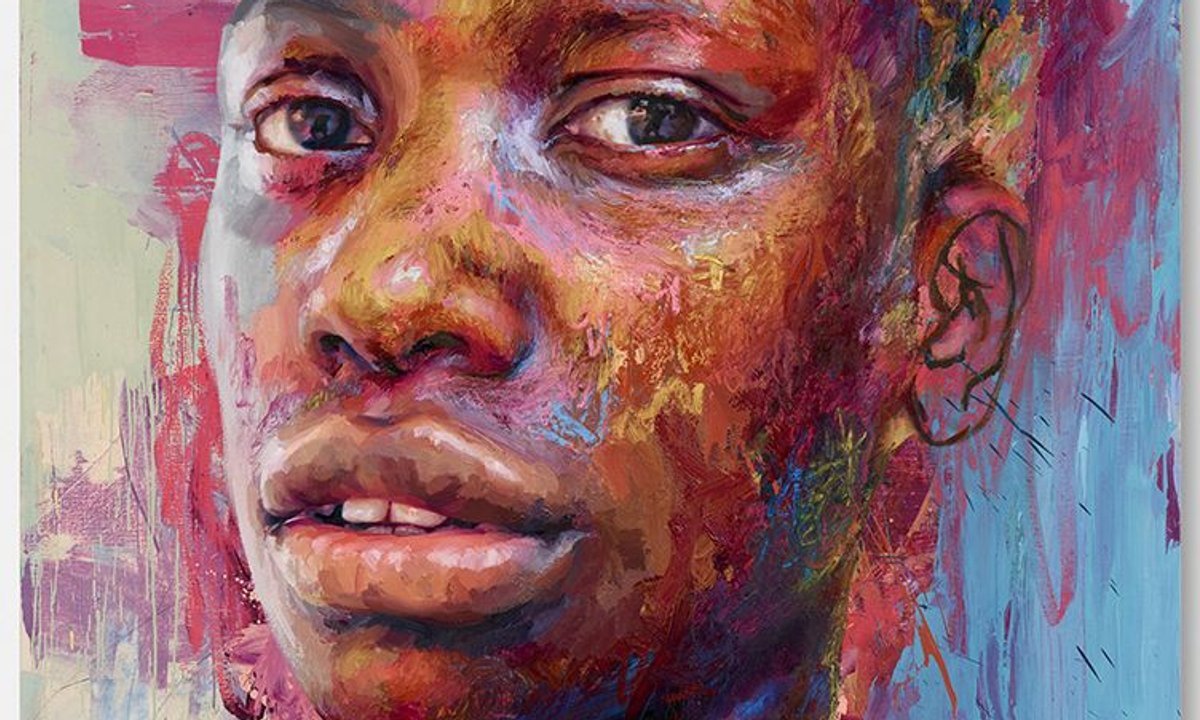For ages, fine art has been seen as an asset class capable of delivering strong investment returns over the long haul. Clearly, ultra-high-net-worth individuals – you know, art-world elites and billionaire types – have seen its value, snapping up masterpieces by renowned artists to add to their portfolios.
For regular folks without millions to spare, legendary works by the likes of Monet, Haring, and Picasso have remained out of reach. Fortunately, the landscape has shifted dramatically in the past few years.
Thanks to fractional investing platforms, which have risen to prominence thanks to the popularity of the Masterworks app, the realm of blue-chip art has been blown wide open for a far broader range of investors. By purchasing shares of high-priced paintings, virtually anyone can now potentially gain exposure to this intriguing market.
But what returns can realistically be expected from these fractional art investments? Let’s dig in and find out.
How does Masterworks work?
Masterworks has quickly emerged as the premier player in the fractional art investing arena. Their model is pretty straightforward – the company purchases high-value paintings, usually at auction or through private sales.
Masterworks then sets up a limited liability company dedicated to each painting it acquires, securitizing the holding companies into fractionalized opportunities with the SEC, which allows investors like you and me to purchase a slice and essentially own a fraction of the physical artwork. We’re talking actual paintings here, mind you, not NFTs.
Per Masterworks, the minimum buy-in is $15,000, and each share goes for approximately $20. They hold onto each work for 3-10 years before reselling it and distributing profits to shareholders, minus their cut of the associated fees, of course. These include a 1.5% annual management fee, as well as a percentage of any profit when the piece sells.
With this model, investors don’t have to worry about any of the acquisition legwork, which is meticulously handled by the Masterworks team. Their art experts carefully vet and acquire individual pieces based on appreciation potential, analyzing factors like the artist’s reputation, past auction prices, overall demand, and so on. Once acquired, the work is professionally appraised and insured.
From there, investors can peruse and purchase shares in available works right on the Masterworks apps and website. The portfolio currently includes pieces by big-time contemporary artists like Warhol, Basquiat, Banksy, and Cecily Brown. Investors receive regular updates and can even trade shares with each other on Masterworks’ secondary market before the work is resold. When that day finally comes, Masterworks pays out the profits, fees deducted, to shareholders.
What returns have Masterworks users seen so far?
As fractional art investing is still a relatively new concept, there is limited data on actual returns achieved. However, Masterworks publishes return data on their initial paintings. This can give us some insight into what investors might expect in terms of future returns.
The company has sold 16 art pieces to date, with sold artworks performing at an average of 45% in annualized returns for investors. The worst-performing painting was a Warhol, which Masterworks resold for 4.1% annualized returns after holding it for under a year. The top performer was a piece by Cecily Brown, resold for 77.3% annualized returns.
Masterworks report that the platform issued some $25 million in payouts to investors over the course of 2022 alone. These figures showcase the potential for profit in the fractional art investing market.
However, as with any investment, it’s important to approach things realistically. Past performance does not guarantee future results. But based on their track record so far, an annual return in the high single digits to low double digits seems reasonable for Masterworks’ offerings once fees are accounted for. Just remember that returns from any single painting can vary wildly from year to year depending on a wide number of factors.
What factors drive returns in fractional art investing?
As with any investment, art investment returns depend heavily on the initial purchase price versus the eventual sale price. Let’s explore some of the ways this could be impacted:
- Artist reputation and demand – Works by artists with strong name recognition, prestige, and active market demand tend to appreciate more over time. Blue-chip contemporary artists are likely to hold or increase their value over the long term.
- Holistic art market trends – Returns are heavily influenced by overall art market conditions, trends, fads, cycles, and collecting patterns preferred by buyers. Contemporary art has seen strong returns recently, but trends could easily shift in new directions.
- Economic conditions – Recessions and downturns can dampen prices, while periods of growth and prosperity fuel art market spending. However, the good news is that art investments have been known to exhibit a low correlation with traditional financial markets, making them a popular hedge against inflation and market volatility.
- Purchase price – Buying at attractive valuations and price points below comparable works allows more upside potential when pieces appreciate and are eventually sold at a profit. Masterworks uses data analysis to identify and acquire undervalued works.
- Holding period – Longer holding periods of five or more years historically have delivered higher returns for investors, as artwork tends to gradually appreciate in value over an extended time frame.
- Platform fees – Management, transaction, and performance fees charged by platforms like Masterworks can directly impact net returns actually realized by investors. Fees are deducted from profits.
With all of this in mind, the key is to build a habit of proper due diligence, portfolio diversification, and setting realistic expectations while maintaining a long-term investment horizon. Also, the market can be volatile, so art should make up a part of a balanced portfolio.
Key takeaways on expected returns
What can you realistically expect to earn with fractional art investing via Masterworks? Well, let’s say it once again just to be clear: Past returns are no guarantee of future performance. But fractional art investing has shown it can produce impressive annualized returns.
Should you expect some volatility? Absolutely. Returns can swing pretty wildly from one piece to the next. So keeping expectations reasonable and spreading your investments across multiple pieces is key.
The best thing about fractionalized investments like these is that they unlock access to returns from blue-chip art that were historically only available to the ultra-wealthy. But, since data is limited, position sizes should fit within the context of your overall portfolio. Like any alternative asset, patience is required with fractional art investing. You’ve got to ride out the ups and downs over those multi-year holding periods to have a shot at long-term gains.
Fractional platforms have opened art investing to more investors. Masterworks provides helpful return data for evaluating the opportunities they offer. While high single-digit to mid-teens returns appear possible based on past results, significant volatility across individual paintings should be expected. Maintaining reasonable return expectations and portfolio diversification will allow suitable investors to prudently access this novel asset class.





